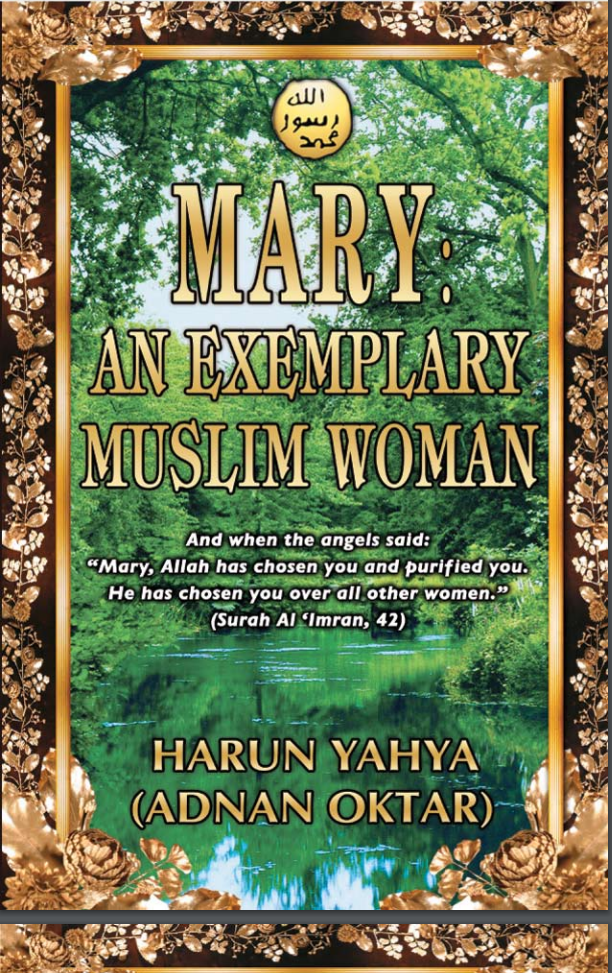Allah made it possible for people to understand how to live the Qur’an’s morality by giving examples from the Prophets’ and other Muslims’ lives. One of these sincere Muslims is Mary, one of the two women noted for their exemplary characters: “Allah has made an example for those who believe: the wife of Pharaoh, when she said: ‘My Lord, build a house in the Garden for me in Your Presence, rescue me from Pharaoh and his deeds, and rescue me from this wrongdoing people.’ And Mary, the daughter of ‘Imran, who guarded her chastity—We breathed Our Spirit into her. She confirmed the Words of her Lord and His Book, and was one of the obedient” (Surat at-Tahrim: 11-12).
Allah introduces Mary as having “the ideal Muslim woman’s character.” This character is completely different than the common character of women in today’s unbelieving societies, where they usually share a common socially acceptable character handed down from their ancestors.
According to the Qur’an, however, men and women have the same responsibilities and characters, for Allah refers to “an ideal Muslim character.”
In this book, we deal with the common woman’s character as seen in unbelieving societies and analyze how this erroneous character became established. In addition, we explore Mary’s character, whom Allah raised above all other women, and thereby define the “ideal Muslim woman’s character.”
Another aim of the book is to reveal the inconsistencies in the common woman’s character in unbelieving societies and to inform people who are looking for the truth about a way of life and morality that will lead them toward honor, respectability, and superiority on Earth as well as in the Hereafter.
